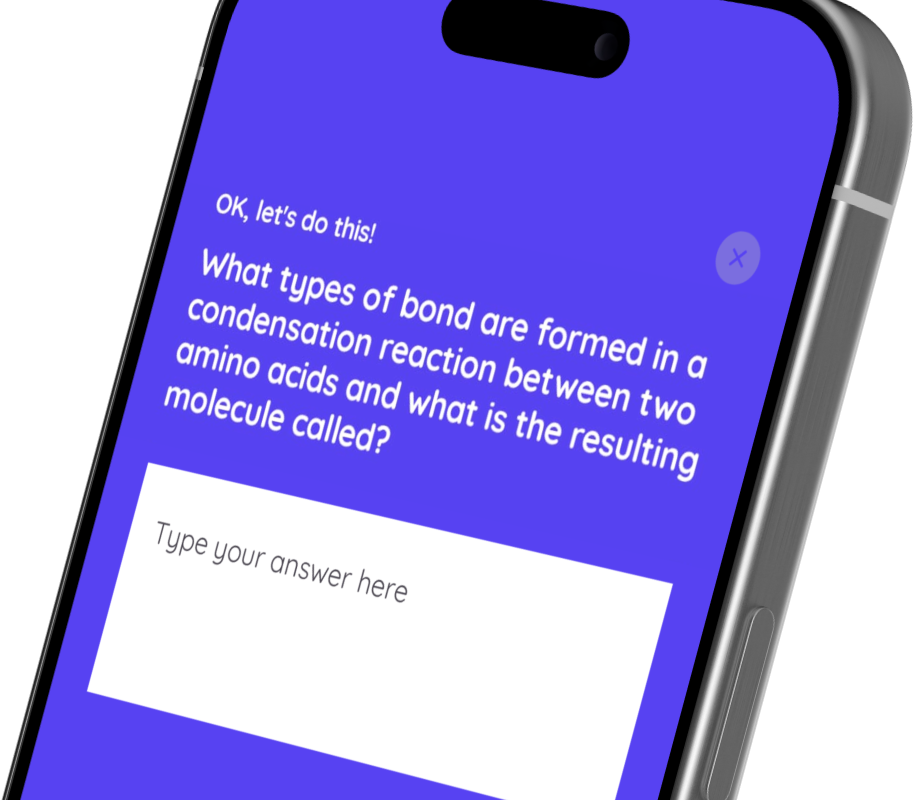Using Percentages in Data Interpretation
-
Data interpretation frequently involves the use of percentages. Understanding and correctly using percentages can provide critical insights into data sets.
-
When interpreting data sets, percentages play a key role. They're commonly used to express proportionate data, making them essential in data comparison and analysis.
-
If given raw numbers, converting them into percentages can often provide a clearer view of the overall picture or data context.
-
For instance, if a data set shows that 15 out of 25 students chose a particular course, you might initially think that's a small number. However, converting this to a percentage (60%) can highlight just how significant this number is.
Comparing Data Using Percentages
-
Percentages are especially useful when trying to compare data. By converting raw numbers into percentages, it becomes easier to appreciate the different proportions or distributions in the data.
-
For example, in comparing election results or survey data among different groups, converting raw numbers into percentages can demonstrate the relative popularity or preference among groups.
-
A clear understanding of percentages can help avoid misinterpretations. For example, a group receiving 200 votes out of 1000 (20%) has less support than a group receiving 150 votes out of 500 (30%), even though the first group has more votes in raw numbers.
Percentages Change over Time
-
When analysing data over time, the use of percentages can show percentage change, which is a measure of the relative difference between the initial data point and the final one.
-
The formula for percentage change is ((New Value - Original Value) / Original Value) * 100. This formula calculates the relative change in terms of the original value.
-
This calculation is crucial in data interpretation, as it depicts how data has developed over time, which might not be immediately clear just from raw numbers.
Interpreting Percentages in Likelihood or Probability
-
Percentages are also used to interpret likelihood or probability in statistics.
-
Likelihood can be defined as the chance or probability of a certain event happening, expressed as a percentage. For example, if tossing a coin, the probability of it landing on heads is 50%.
-
Understanding the use of percentages in likelihood both solidifies your understanding of percentages and allows you to make informed decisions or analyses based on likelihood or probability.
Handling Data Interpretation Questions
-
Brushing up on your percentage skills is vital for tackling data interpretation questions, which can often appear in maths and statistics tasks.
-
Practice answering these questions and interpreting the results in terms of percentages. This practice will help you understand the underlying themes and subtleties within the data, potentially leading to more accurate and insightful conclusions.
-
Constantly relate your mathematical knowledge to real-world situations. This connection will enhance your understanding and long-term retention of these key skills.





